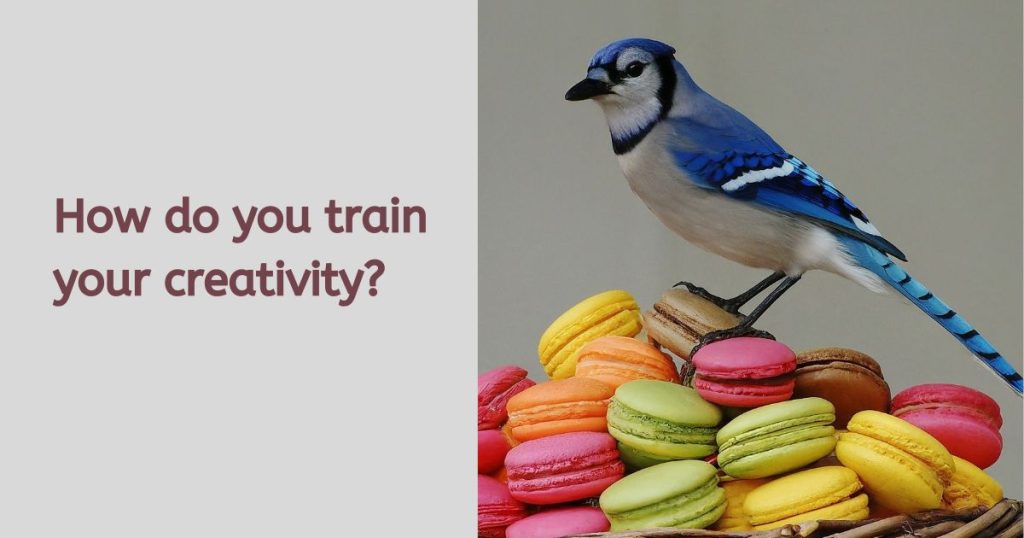Are people who use both hemispheres of their brain more creative? If you have a job in an industry where creativity brings you more projects, how do you adapt? Do your tasks include creative thinking, but sometimes you just can’t get into the right mindset? Are you distracted? Bored? Do you abandon ideas and struggle to connect logical aspects? Let’s analyze together a new study about, with, and for creativity. Ready, steady, go for it.
Two problems, a tight deadline, and a sprinkle of stress—because that’s how work goes, right? If you’re not stressed, you’re not working? Maybe that’s just the case in Romania; we’ll see as we go along.
When people are asked to contribute creative solutions to problems at work, in the family, or in their own business, they find that switching between problems at will is beneficial. This approach gives them the freedom to build faster, without feeling constrained.
What if you had a timeline or schedule for decisions?
If you switch between two problems at a pre-set interval—whether daily, weekly, or annually—you’re more likely to succeed. Who says this? Not us yet, but we’d love to lead such experimental studies. The author of a study published in March 2021 in Organizational Behavior and Human Decision Processes suggests this idea.
Read this research as much as you want at: ScienceDirect Article.
http://www.sciencedirect.com/science/article/pii/S074959781630108X
Creativity – Research Highlights
- Task switching can enhance creativity by reducing cognitive fixation.
- The benefits of task switching apply to both divergent and convergent thinking.
Convergent Thinking – This type of thinking involves seeing a limited number of solutions to a problem—it’s either black or white, with no other shades. It’s useful for analysis, helping you focus on details, but the downside is that you might get lost in those details. This thinking is often found in exact sciences like mathematics and physics. It limits you to known options, ignoring other potential solutions.
Divergent Thinking – A creative and innovative thinking model that opens up many possible ways to solve a problem. It emphasizes focusing on the bigger picture, generating a lot of ideas. However, the downside is that details might be overlooked, and there might be less focus on quality.

How Does Thinking Reset Happen?
If you’re stuck searching for answers to just one problem, you’re bound to fail because you’re not stepping out of your comfort zone. When you feel blocked, it’s because you’re engaging in circular thinking—ideas that exist in your mind and that you don’t want to give up, spinning in the same loops. When we shift our focus between two tasks at regular intervals, we “reset” our thinking, allowing us to offer fresh, creative, new, and unique solutions to each problem.
Experiments on Creativity
We have three models:
- Constantly shift attention from one problem to another at fixed intervals.
- Step away from a problem at a set time.
- Take breaks between ideas.
Participants who were instructed to switch between problems at a pre-set time had the most correct responses to the problems posed. This was in comparison to those who switched problems whenever they felt like it or halfway through the allocated time.
Experiment 2 focuses on problems that have no correct answers, aiming to determine whether stepping away from problems at set intervals and switching to other issues guarantees creativity.
Again, those who alternated between two methods of generating ideas produced the most new and creative responses.
What people didn’t notice was when rigid thinking, which we might call forced or strained thinking, crept in. The ideas generated in this case were similar to previous ones—nothing new, nothing innovative, no progress.
In the study Alternating Incubation Effects in the Generation of Category Exemplars, it was concluded that participants instructed to list items from different categories while alternating between them generated far more ideas than those who listed ideas from one category before moving on to another.
Short breaks between idea-generation sessions can significantly increase the complexity and number of ideas.
Details: https://onlinelibrary.wiley.com/doi/full/10.1002/acp.1699
